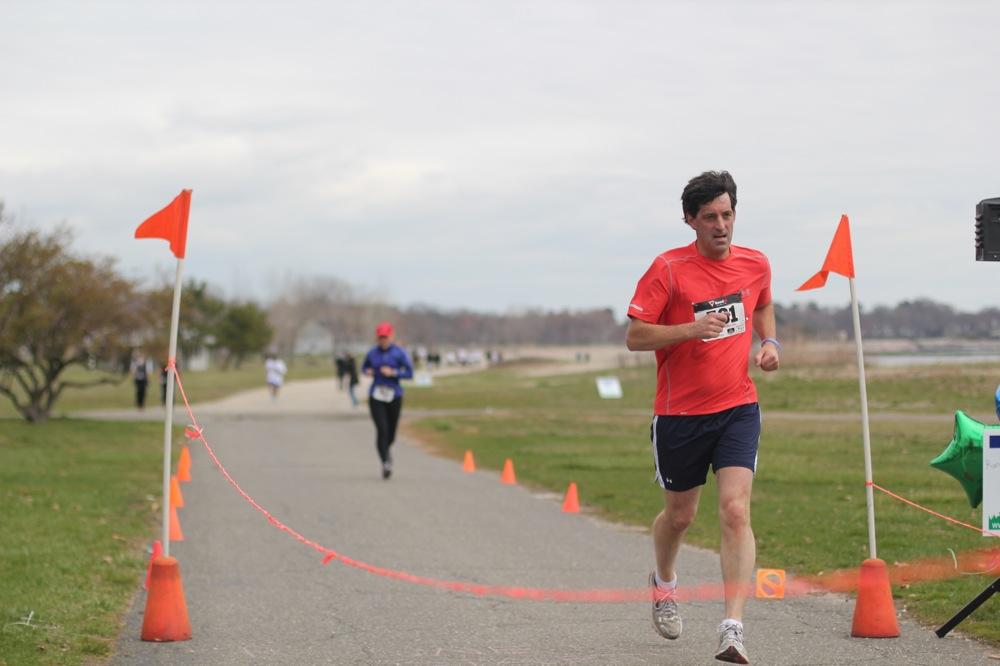“Tick-borne diseases are extremely prevalent in Connecticut,” said Stacey Sobel, executive director of Turn the Corner Foundation, soon to merge with the Tick-Borne Disease Alliance and become the TBDA, or the Tick-Borne Disease Alliance. “Many people have been exposed and don’t know it.”
Lyme disease, a major tick-borne disease, is a bacterial infection that may occur after being bitten by a tick. If left untreated, it can cause joint, heart, memory, and nerve problems. Symptoms of Lyme disease include fever, headaches, and muscle stiffness. According to the Center for Disease Control, in 2019, Conn. had the fourth most reported cases of Lyme disease only trailing Mass., N.Y., N.J., and Pa.
However, this past Sunday on April 1, the TBDA held the fourth annual Walk/Run to Turn the Corner on Lyme. The event had 186 runners and another 137 walkers attend. $2,619 was raised, and another $20,000 was donated online. These donations will now go towards raising awareness, educating, and research tick-borne disease, including Lyme disease.
Several Staples students volunteered to help out with the event by directing the runners and walkers where to go.
“Most people look at Lyme disease and don’t know much, if anything about it,” said Grayson Weir ’14, one of the volunteers. “People think it’s just a disease that ticks give to you and is not a big deal. But that’s not always true.”
David Roth, co-chairman of the TBDA, agreed that there is, “a lack of understanding,” about tick-borne diseases and many misconceptions exist. For example, the CDC warrants antibiotics for two-four weeks after a person develops a tick-borne disease. However, Roth said that people continue to be sick though as bacteria have been found alive after two-four weeks of antibiotic usage.
“I know someone with Lyme disease and know how much it has impacted their life,” said Jonathan Friedman ’12, another volunteer at the event. “I think the walk is a great way to get those who care to make a difference.”
Orna Grand, who hosted the event, said that there is no real accurate test to detect Lyme disease and less than 50% don’t have a rash accompanied by the bite.
Grand has had chronic Lyme disease since 2002 after noticing a tick bite three days after it bit her. Since then she experienced short-term memory loss, trouble speaking, fatigue, and joint pain.
While there were over 10,000 more confirmed cases of Lyme disease in 2009 than 1996, according to the CDC, Friedman is optimistic. “Hopefully the money that was raised will help those who suffer from Lyme disease.”













































